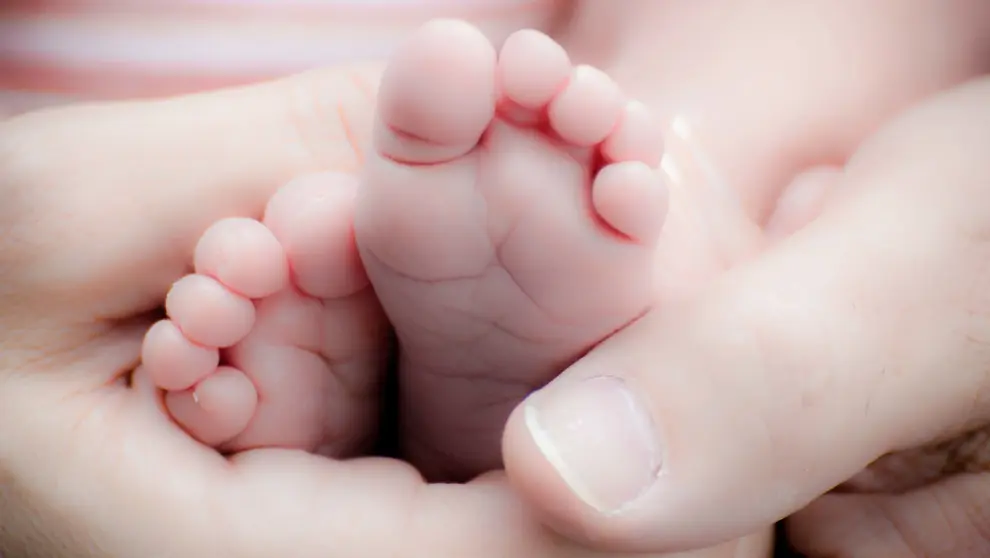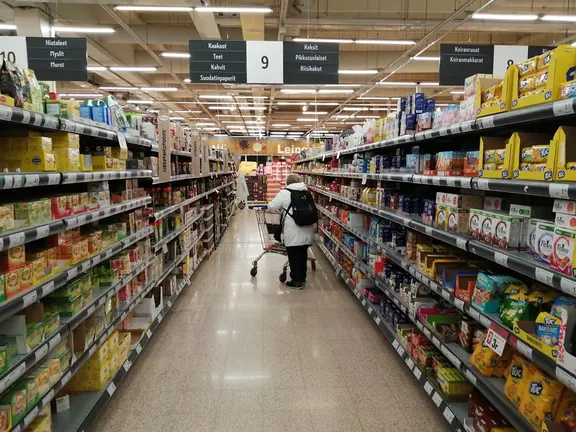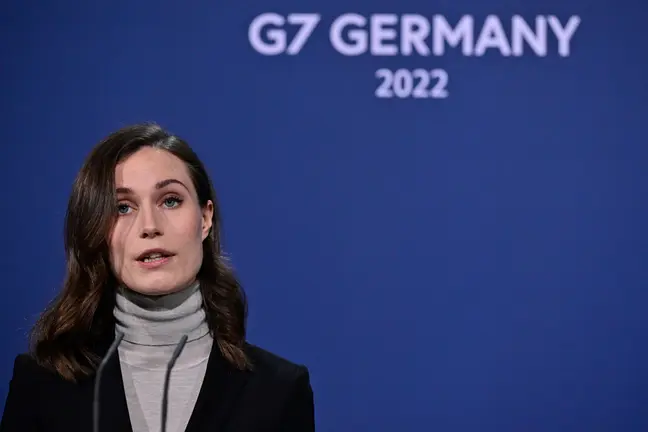The year 2018 will be the third in a row when deaths exceed births in Finland. According to the latest population projections made by Statistics Finland, the number of births will continue to decrease and the number of deaths will increase despite the lengthened life expectancy. Besides that, the number of young people is also in danger of diminishing considerably due to the decrease in birth rate.
In Finland, the projections show that net immigration will sustain population growth until 2035, when Finland’s population would be 5.62 million. After this year, population would turn to a decline and in the 2050s Finland’s population would already be below the current number, according to the projection.
Population by age 1900–2017 and projection 2018–2070.
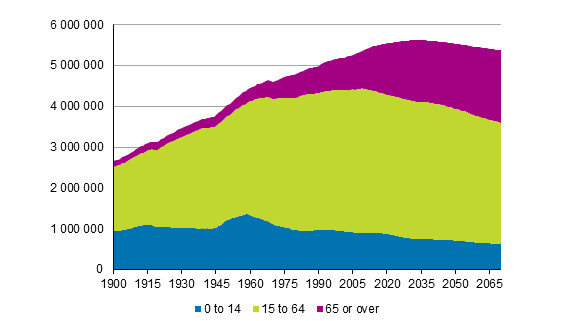
Source: Statistics Finland.
According to Statistics Finland's latest population projection, there will be 760,000 persons aged under 15 in Finland in 2030, if the birth rate remains at the current level.
In the 2050s the number would already drop under 700,000 young people. In Finland the number of persons aged under 15 has last been this low at the end of the 1870s, when the population was less than two million.
In the 1970s there were still one million persons aged under 15 in Finland.
Number of births and deaths 1970–2017 and projected number 2018–2060
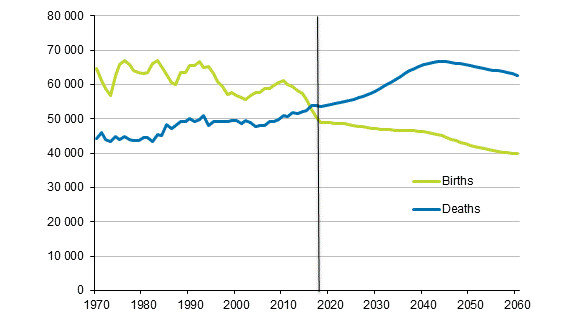
Source: Statistics Finland
Lowest fertility rate in Finland's history
The total fertility rate, which describes the birth rate level, was 1.87 in Finland in 2010. Last year the total fertility rate was at its lowest in Finland’s history, 1.49. The birth rate has diminished by 20% in seven years.
The year 2018 will be the eighth year in a row when the birth rate decreases in Finland. According to the estimate, the total fertility rate will be 1.43 this year. The birth rate has last diminished this many years in a row in Finland in the 1960s.
Fertility rate 1960–2018
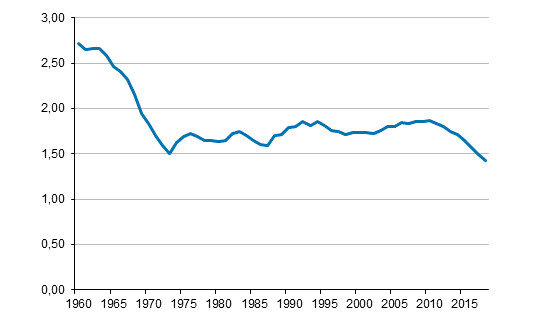
Source: Statistics Finland
Population of working age falls
The number of the population of working age has fallen by 100,000 persons during the last eight years in Finland. According to the projection, the population of working age is expected to decrease by 57,000 persons by 2030 from the present.
The proportion of people of working age (persons aged 15 to 64) in the population would diminish from the present 62% to 60% by 2030 and to 58% by 2050. In 2050, the population of working age will have decreased by good 200,000 from the present.
Age groups’ of the population 1970–2017 and projected 2018–2070
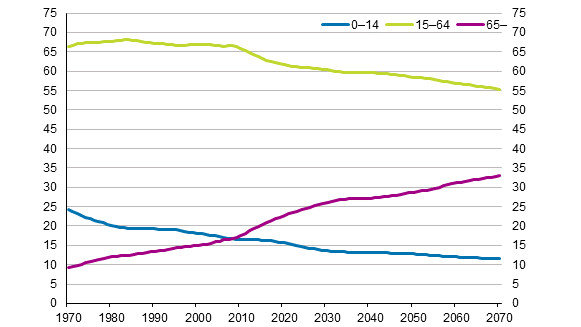
Source: Statistics Finland
Self-sufficiency forecast proves unsufficiency
The so-called self-sufficiency forecast describes a situation where there would be no immigration and emigration at all and only the birth rate and mortality would influence the age structure.
According to the self-sufficiency forecast, the number of people of working age would go down by the year 2030 by 217,000 persons and by the year 2050 by 630,000 persons.
Demographic dependency ratio
The demographic dependency ratio, that is, the number of persons aged 15 or under and 65 or over per 100 working age persons was 60 at the end of 2017.
According to the projection, the dependency ratio will rise in future decades, but more slowly than in earlier projections. The reason for this is the decrease in birth rate and as a result, the decrease in number of young dependants. In 2020 the dependency ratio would be 62, in 2030, 66 and in 2050 would be 71.
In the short term, the demographic dependency ratio weakens more slowly than in earlier projections. In the long term, the demographic dependency ratio weakens more than in earlier projections. In 2070, the demographic dependency ratio is projected to be 81.
Assumptions of the 2018 population projection
Statistics Finland's latest population projection assumes that the birth rate would remain constant in future. The imputed number of children that women give birth to during their lifetime, i.e. the total fertility rate, is assumed to be 1.45.
The projection also assumes that net immigration to Finland will be 15,000 persons per year. Mortality is assumed to continue declining similarly to what has been detected when comparing the mortality for 1987 to 1991 and 2013 to 2017.







